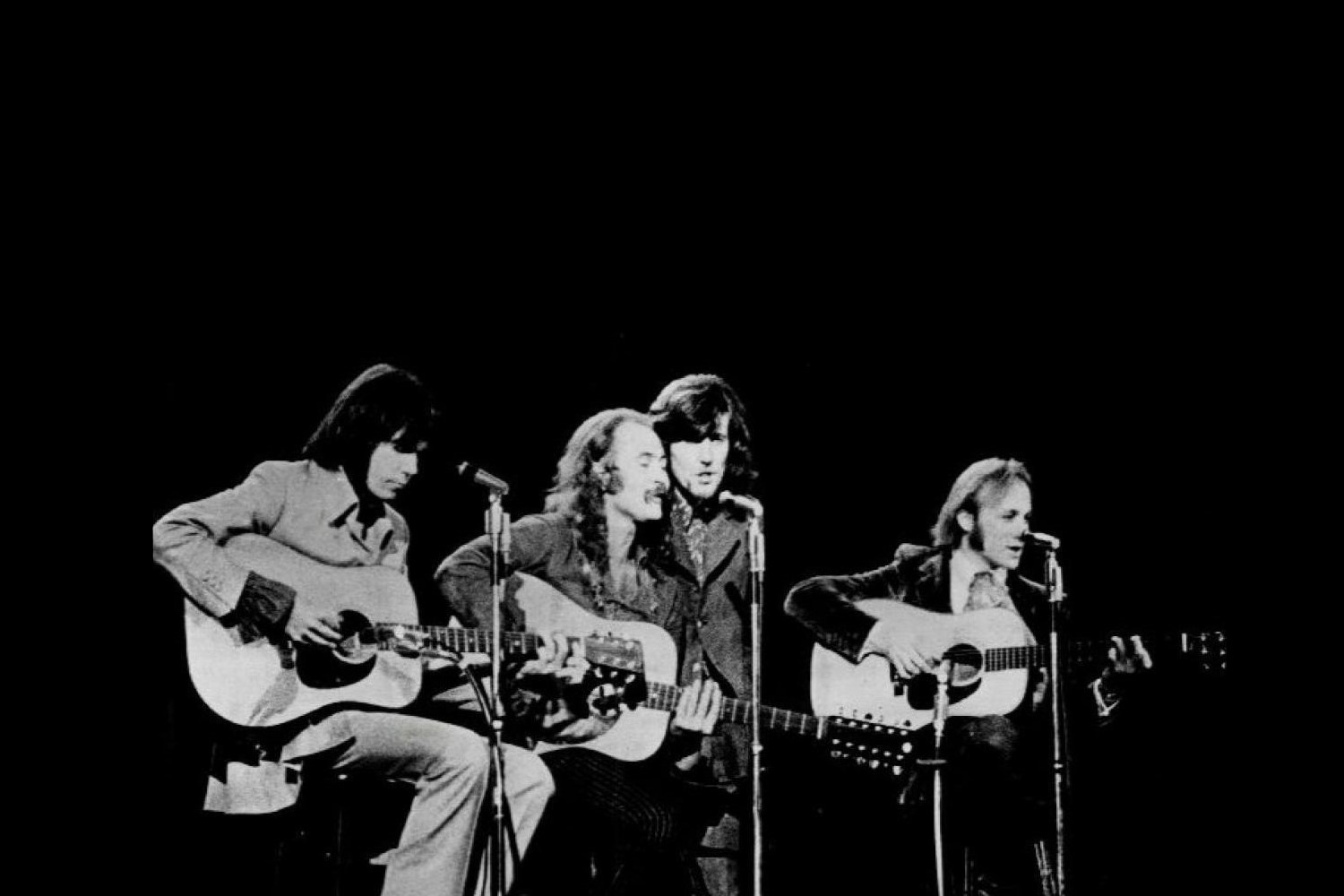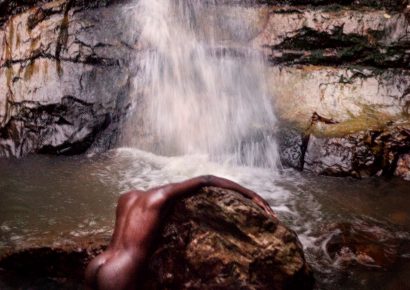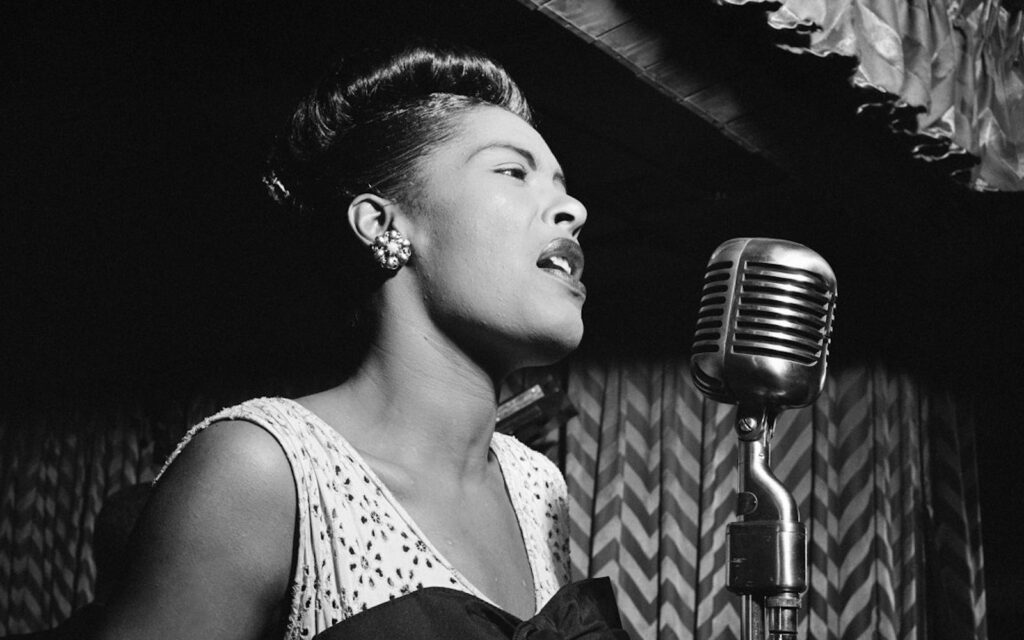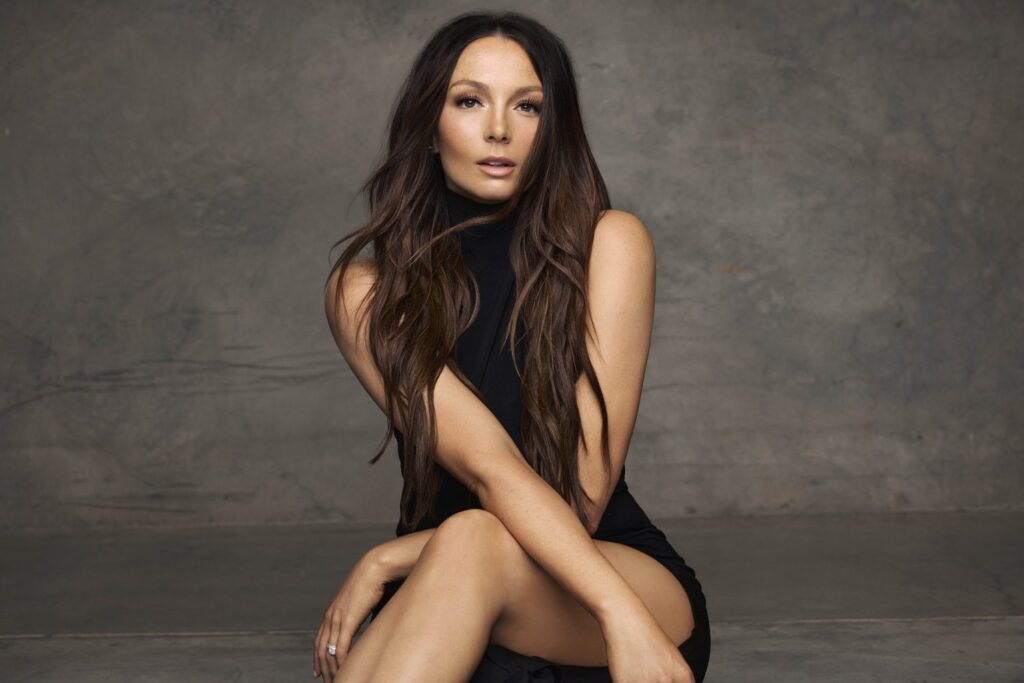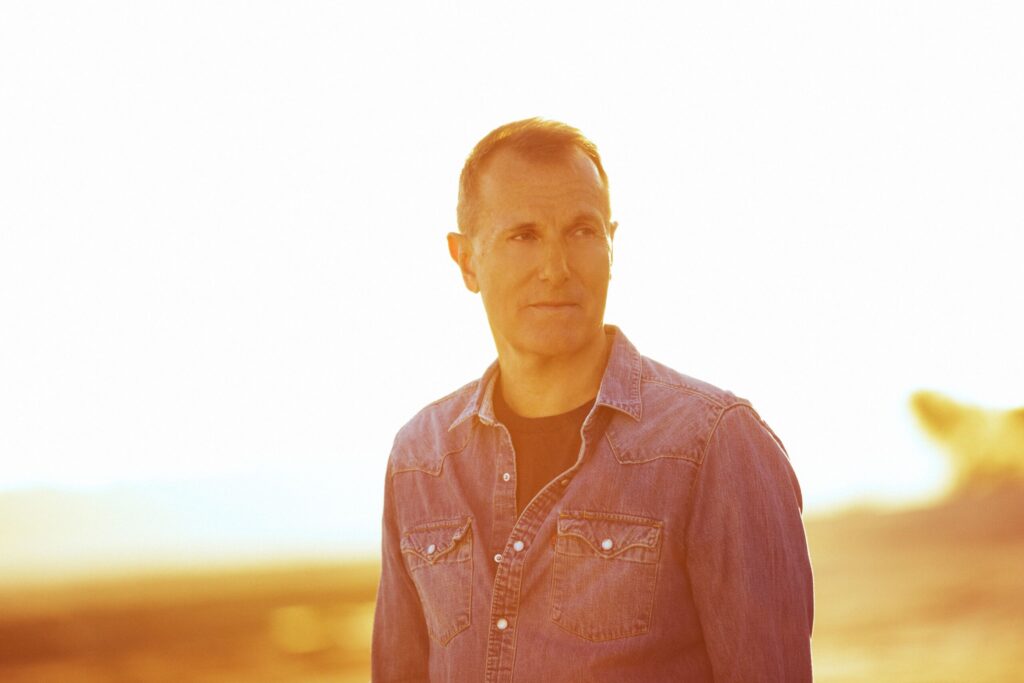Today is the 52nd anniversary of Crosby, Stills, Nash & Young’s greatest album, 'Deja Vu' - a folk rock classic.
Released to critical acclaim and topping charts in both America and Australia, Déjà Vu cemented Crosby, Stills, Nash & Young as musical innovators with a knack for writing harmony-driven hits.
As often is the case when four very different personalities come together to write an album, the recording of Déjà Vu was beset by inner conflict and each member’s need for control, but the end result is an iconic album that stands the test of time.
Read Melbourne’s most comprehensive range of music features and interviews here.
It was a chance meeting at a party in Los Angeles during July 1968 where David Crosby (The Byrds), Stephen Stills (Buffalo Springfield) and Graham Nash (The Hollies) decided to join forces and form what would become one of the world’s most influential folk groups.
During that evening, Crosby and Stills were messing around playing a bunch of songs when Nash happened to walk in while they were taking a crack at Still’s ‘You Don’t Have To Cry’. Nash liked what he heard and asked the duo to sing it again.
In Crosby Stills and Nash: The Biography, Nash recalled, “On that third time, I’d learned the words, the melody – I knew what I was gonna do.” Nash soon joined in on the jamming and Crosby, Stills & Nash was born.
At that time Nash was dividing his time between girlfriend Joni Mitchell’s home in LA and the UK, where he was part of The Hollies.
Disillusioned with the band and realising the chemistry he had with Crosby and Stills, Nash quit The Hollies, moved to America and linked up with his fellow songwriters – who were both kicked out of their own bands – and recorded debut album Crosby, Stills & Nash.
Spawning hit singles ‘Marrakesh Express’ and ‘Suite: Judy Blue Eyes’, CSN hit the big time but soon realised they needed to flesh out the band in order to tour. Recruiting bassist Greg Reeves and drummer Dallas Taylor, the trio also needed another guitarist.
After being rebuffed by Jimi Hendrix and Steve Winwood, Atlantic Record’s head Ahmet Ertegun suggested Stills’ Buffalo Springfield bandmate, Neil Young. Despite some trepidation, Young joined the band and the foursome played their first gig in Chicago on August 16, 1969, with their second coming days later in front of 500,000 fans at Woodstock.
After completing a tour of America and Europe, the newly formed Crosby, Stills, Nash & Young spent six months working on what would become Déjà Vu.
Recorded between studios in San Francisco and Los Angeles, the album came about during a time of upheaval for the group. Not only was the ’60s era of free love and peace over, but the three original band members were going through their own personal troubles.
Nash broke things off with Mitchell, Stills split with singer Judy Collins and Crosby was still reeling from the sudden death of girlfriend Christine Hinton in a car accident. Heartbreak was rife and a black cloud of depression hung over the recording sessions.
“I was not at my best as a functioning person,” Crosby told Rolling Stone in an interview in 1970. “I would sometimes come in to the studio and wind up crying being completely unable to deal with it all.”
Contributing to the negative feelings during recording was the friction amongst the four artists. In many interviews since the album’s release, Stills has claimed it took over 800 hours of studio time to complete Déjà Vu due to everyone wanting complete control over their contributions.
Each member recorded their parts individually, with Young appearing on just half of the tracks and only rocking up to recording sessions when needed.
Despite their struggles and differences, Déjà Vu turned out to be a monumental album that signalled the dawning of a new age.
Mixing classic analogue sounds with electric guitars and harmonies reminiscent of Beach Boys, Déjà Vu is regarded as an iconic album from four of the greatest artists to come out of the ’60s.
Opener ‘Carry On’ sets the scene for the ten tracks to follow. Written as a catchy introduction for the songs it precedes, the playful track is a combination of two older demos written by Stills, featuring psychedelic elements and the group’s signature harmonies.
‘Almost Cut My Hair’ is Crosby’s take on hippies rallying against the powers that be, while ‘4+20’ is a ballad on lost love and the title track is a heavy guitar wonder.
Elsewhere, Jerry Garcia contributes steel guitar on the country twang of ‘Teach Your Children’, Nash details life spent living with Mitchell in her Laurel Canyon home on ‘Our House’ and Young shows off his improvisational songwriting chops on the breezy ‘Helpless’.
It’s incredible the album even came together when considering their cover of Joni Mitchell’s ‘Woodstock’ was the only time they actually recorded together.
Somehow these four individuals managed to create a cohesive album, taking influence from a range of styles that never feel out of place, only confirming the genius of CSN&Y.
The success of Déjà Vu resulted in a 23-show tour that signalled the demise of CSN&Y. The four were fighting amongst themselves worse than ever and Stills was in the depths of an alcohol and cocaine addiction that turned him into an egomaniac.
Things hit their zenith when Stills was fired during their two-night residency at Chicago’s Auditorium Theatre, only to be reinstated a few days later before the group officially broke up after the final show of the tour.
Over the 50 years since Déjà Vu was released, CSN&Y have reunited and disbanded multiple times, released a number of albums and toured the world, but have never bettered their debut, an album that remains a cornerstone in American music history.
